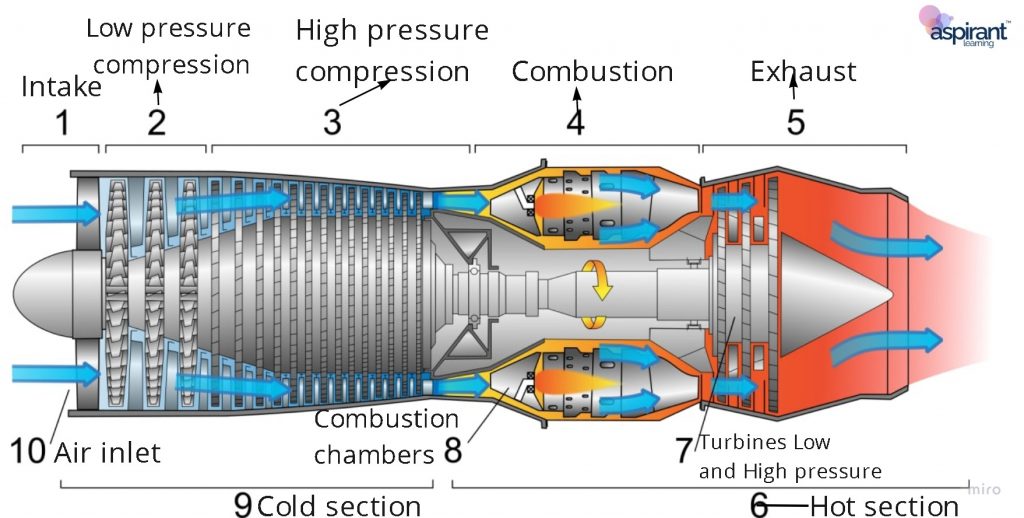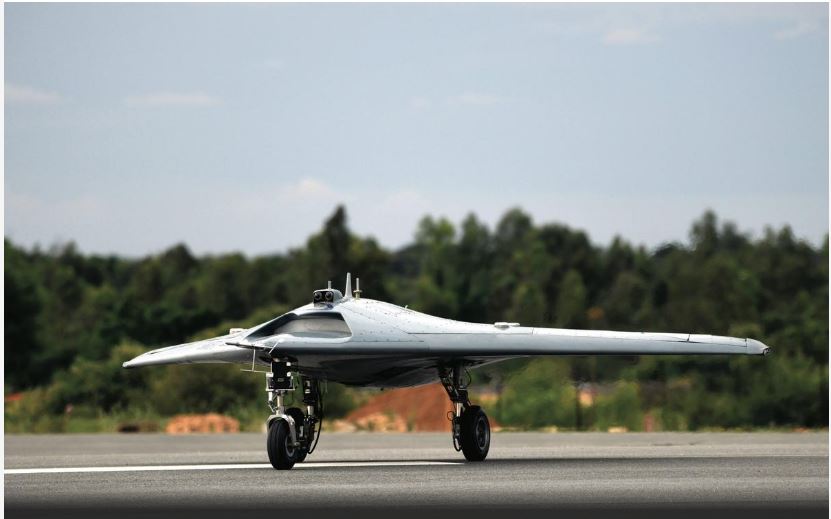News Highlights
The DRDO on Friday successfully carried out the maiden test flight of a new Unmanned Aerial Vehicle (UAV), an autonomous Flying Wing Technology Demonstrator, from the Aeronautical Test Range, Chitradurga, Karnataka.
Focus Points
- It is a major achievement towards autonomous aircrafts which will pave the way for Aatmanirbhar Bharat in terms of critical military system
- Features of Vehicle
- The UAV is designed and developed by Aeronautical Development Establishment (ADE), Bengaluru, a premier research laboratory of DRDO.
- It is powered by a indigenously developed small turbo fan engine
- The vehicle’s airframe, undercarriage and entire flight control as well as avionics systems used for the aircraft have been developed indigenously.
Small turbo fan engine
A turbofan engine, sometimes referred to as a fanjet or bypass engine, is a jet engine variant which produces thrust using a combination of jet core efflux and bypass air which has been accelerated by a ducted fan that is driven by the jet core.

Unmanned Aerial Vehicle
- An unmanned aerial vehicle, commonly known as a drone, is an aircraft without any human pilot, crew or passengers on board.
- UAVs are a component of an unmanned aircraft system, which include additionally a ground-based controller and a system of communications with the UAV.
Autonomous Vehicle
An autonomous vehicle is one that can drive itself from a starting point to a predetermined destination in “autopilot” mode using various in-vehicle technologies and sensors
Flying Wing Type
The flying wing type of aircraft refers to a tailless fixed-wing aircraft which houses its payload and fuel in its main wings and does not have a defined fuselage-like structure found in conventional aircrafts.
Pic Courtesy: The Hindu
Content Source: The Hindu



